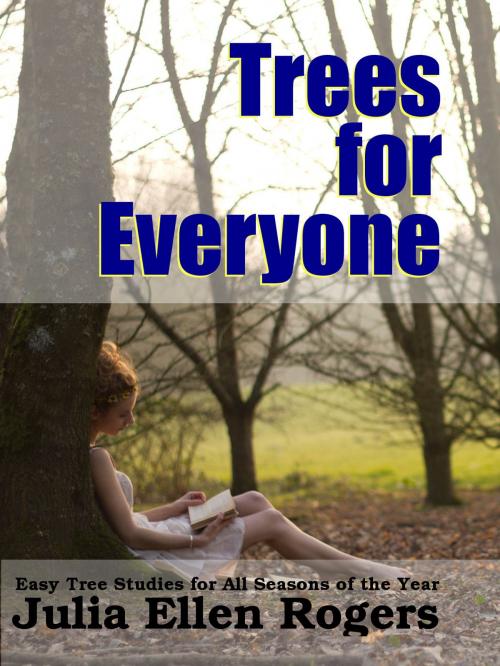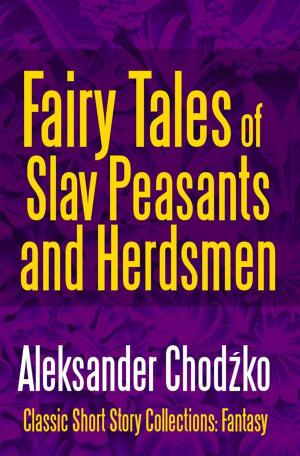Trees for Everyone
Nonfiction, Science & Nature, Nature, Plant Life, Trees, Science, Biological Sciences, Botany, Ecology| Author: | Midwest Journal Press, Julia Ellen Rogers, Dr. Robert C. Worstell | ISBN: | 9781312920378 |
| Publisher: | Midwest Journal Press | Publication: | February 28, 2015 |
| Imprint: | Language: | English |
| Author: | Midwest Journal Press, Julia Ellen Rogers, Dr. Robert C. Worstell |
| ISBN: | 9781312920378 |
| Publisher: | Midwest Journal Press |
| Publication: | February 28, 2015 |
| Imprint: | |
| Language: | English |
Easy Tree Studies for All Seasons of the Year
It was late April when I came by. As I looked up into that tree top the sunlight was shining through, and at first I thought I must be dreaming. Instead of buds, I saw what seemed like lighted candles, each with a silken frill, like the recurved petals of an iris, below the tip of flame! I had never seen a tree thus illuminated, and the sight was enchanting.
The warm spring air had brought out the hickory buds, with those of other trees, and while I was looking for flowers on the ground, the buds above had swollen, cast off the winter covers, revealing the silky inner wrappings of the young shoots.
The rich downward-curving “petals” were only the inner scales of the great buds, grown long and wide, their vivid orange setting off the compact yellow buds that still stood erect. These concealed the tender, velvety leaves that were soon to be revealed with the falling of the leaf scales. I had never seen a hickory tree opening its iris-like buds before, but I have never missed it since.
The name is the thing we wish first to know when we meet a stranger. If an acorn is found growing on a tree, that tree has given us its name, for trees that bear acorns are all oaks. An acorn is a kind of nut, and there are many kinds of oaks, each with its own acorn pattern, unlike that of other oaks. Yet all acorns sit in their little acorn cups, and we do not confuse them with nuts of other trees. So we know the family name of all trees whose fruits are acorns. They are all oaks, and there are fifty kinds in our own country, growing wild in American forests. But if those of all countries are counted, there are in all more than three hundred kinds.
[From Chapter 1]
tradepaperback- 189pg.
Easy Tree Studies for All Seasons of the Year
It was late April when I came by. As I looked up into that tree top the sunlight was shining through, and at first I thought I must be dreaming. Instead of buds, I saw what seemed like lighted candles, each with a silken frill, like the recurved petals of an iris, below the tip of flame! I had never seen a tree thus illuminated, and the sight was enchanting.
The warm spring air had brought out the hickory buds, with those of other trees, and while I was looking for flowers on the ground, the buds above had swollen, cast off the winter covers, revealing the silky inner wrappings of the young shoots.
The rich downward-curving “petals” were only the inner scales of the great buds, grown long and wide, their vivid orange setting off the compact yellow buds that still stood erect. These concealed the tender, velvety leaves that were soon to be revealed with the falling of the leaf scales. I had never seen a hickory tree opening its iris-like buds before, but I have never missed it since.
The name is the thing we wish first to know when we meet a stranger. If an acorn is found growing on a tree, that tree has given us its name, for trees that bear acorns are all oaks. An acorn is a kind of nut, and there are many kinds of oaks, each with its own acorn pattern, unlike that of other oaks. Yet all acorns sit in their little acorn cups, and we do not confuse them with nuts of other trees. So we know the family name of all trees whose fruits are acorns. They are all oaks, and there are fifty kinds in our own country, growing wild in American forests. But if those of all countries are counted, there are in all more than three hundred kinds.
[From Chapter 1]
tradepaperback- 189pg.















